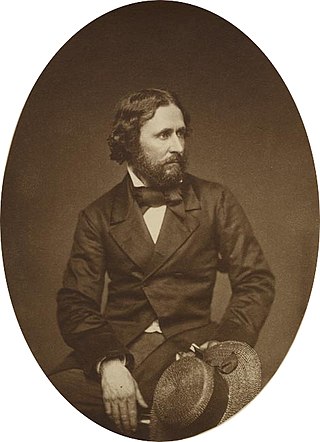
John Charles Frémont was an American explorer, military officer, and politician. He was a United States senator from California and was the first Republican nominee for president of the U.S. in 1856 and founder of the California Republican Party when he was nominated. He lost the election to Democrat James Buchanan when the vote was split by Know Nothings.

The American Civil War was the most widely covered conflict of the 19th century. The images would provide posterity with a comprehensive visual record of the war and its leading figures, and make a powerful impression on the populace. Something not generally known by the public is the fact that roughly 70% of the war's documentary photography was captured by the twin lenses of a stereo camera. The American Civil War was the first war in history whose intimate reality would be brought home to the public, not only in newspaper depictions, album cards and cartes-de-visite, but in a popular new 3D format called a "stereograph," "stereocard" or "stereoview." Millions of these cards were produced and purchased by a public eager to experience the nature of warfare in a whole new way.

John William Draper was an English scientist, philosopher, physician, chemist, historian and photographer. He is credited with pioneering portrait photography (1839–40) and producing the first detailed photograph of the moon in 1840. He was also the first president of the American Chemical Society (1876–77) and a founder of the New York University School of Medicine.
The history of the Jews in Colonial America begins upon their arrival as early as the 1650s. The first Jews that came to the New World were Sephardi Jews who arrived in New Amsterdam. Later major settlements of Jews would occur in the port cities: Newport, Philadelphia, Charleston, and Savannah.
Jews in Philadelphia can trace their history back to Colonial America. Jews have lived in Philadelphia since the arrival of William Penn in 1682.
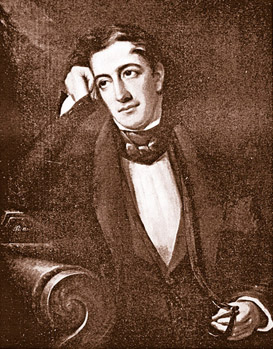
Lewis Charles Levin was an American politician, newspaper editor and anti-Catholic social activist. He was one of the founders of the American Party in 1842 and served as a member of the U. S. House of Representatives representing Pennsylvania's 1st congressional district from 1845 to 1851. Levin was the second person of Jewish descent elected to the United States Congress after David Levy Yulee.
The history of Jews in Charleston, South Carolina, was related to the 1669 charter of the Carolina Colony, drawn up by the 1st Earl of Shaftesbury and his secretary John Locke, which granted liberty of conscience to all settlers, and expressly noted "Jews, heathens, and dissenters". Sephardi Jews from London were among the early settlers in the city and colony, and comprised most of its Jewish community into the early 1800s.

Jonas Phillips (1736—1803) was a veteran of the American Revolutionary War and an American merchant in New York City and Philadelphia, Pennsylvania. He was the immigrant ancestor of the Jewish Phillips family in the United States. Emigrating from Germany in 1759, Phillips worked off his passage as an indentured servant in Charleston, South Carolina. He moved to the North in 1759, becoming a merchant in New York City and then moving to Philadelphia, Pennsylvania.

Isaac Leeser was an American Orthodox Jewish religious leader, teacher, scholar and publisher. He helped found the Jewish press of America, produced the first Jewish translation of the Bible into English, and helped organize various social and educational organizations. He is considered one of the most important nineteenth century American Jewish personalities. He was "fiercely opposed" to Reform Judaism and was regarded as one of the most important "orthodox" rabbis of his era. Leeser is regarded as a forerunner by both Modern Orthodox Judaism and Conservative Judaism.

Congregation Mikveh Israel, is a Sephardic Orthodox Jewish synagogue located at 44 North Fourth Street in Philadelphia, Pennsylvania, in the United States. The congregation traces its history from 1740. Mikveh Israel is a Spanish and Portuguese congregation that follows the rite of the Amsterdam esnoga. It is the oldest synagogue in Philadelphia, and the longest running in the United States.
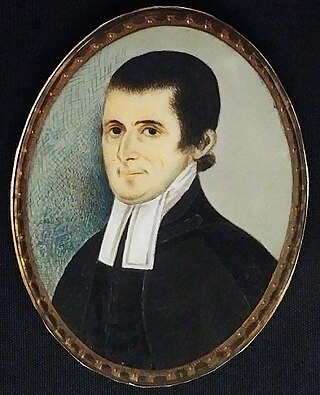
Gershom Mendes Seixas was the first native-born Jewish religious leader in the United States. He served as the hazzan of Congregation Shearith Israel, New York City's first Spanish and Portuguese synagogue, for about five decades. The first American Jewish clergyman to deliver sermons in English, Mendes Seixas became known for his civic activities as well as his defense of religious liberty, participating in the inauguration of President George Washington and helping found Columbia College, the oldest part of New York City's Columbia University.
Emanuel Nunes Carvalho was an American Jewish religious leader and lexicographer.

John Plumbe Jr. was a Welsh-born American entrepreneurial photographer, gallerist, publisher, and an early advocate of an American transcontinental railroad in the mid-19th century. He established a franchise of photography studios in the 1840s in the U.S., with additional branches in Paris and Liverpool. He created a lithographic process for reproducing photographic images, called the "plumbeotype."

Frederick Wilhelm von Egloffstein was a German-born military man, explorer, mapmaker, landscape artist and engraver. He was the first person to employ ruled glass screens, together with photography, to produce engravings.
Jacob I. Cohen Jr. was an American banker, railroad executive, and civic leader in Baltimore who helped win the right for Jews to hold public office in Maryland.
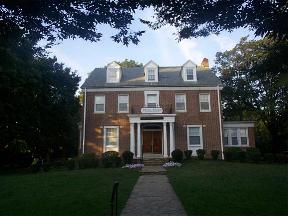
Few Jews arrived in Baltimore, Maryland, in its early years. As an immigrant port of entry and border town between North and South and as a manufacturing center in its own right, Baltimore has been well-positioned to reflect developments in American Jewish life. Yet, the Jewish community of Baltimore has maintained its own distinctive character as well.
Gustavus Poznanski (1804–1879) was cantor and religious leader in Congregation Beth Elohim, Charleston, a pioneer of Reform Judaism in the Antebellum South.
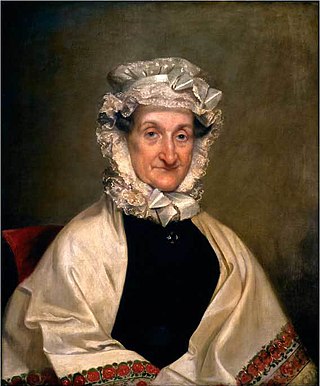
Judith Solomon Cohen was the matriarch of one of the earliest Jewish families in Baltimore, Maryland.

David Nunes Carvalho was an American ink and handwriting expert who provided testimony in notable legal cases and was the author of Forty Centuries of Ink, a book about ink analysis.
















